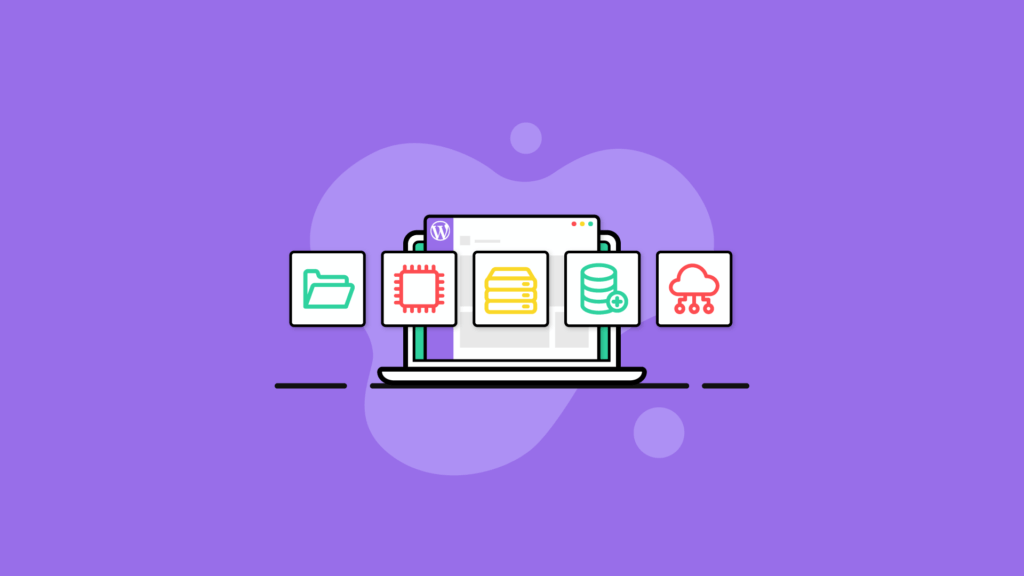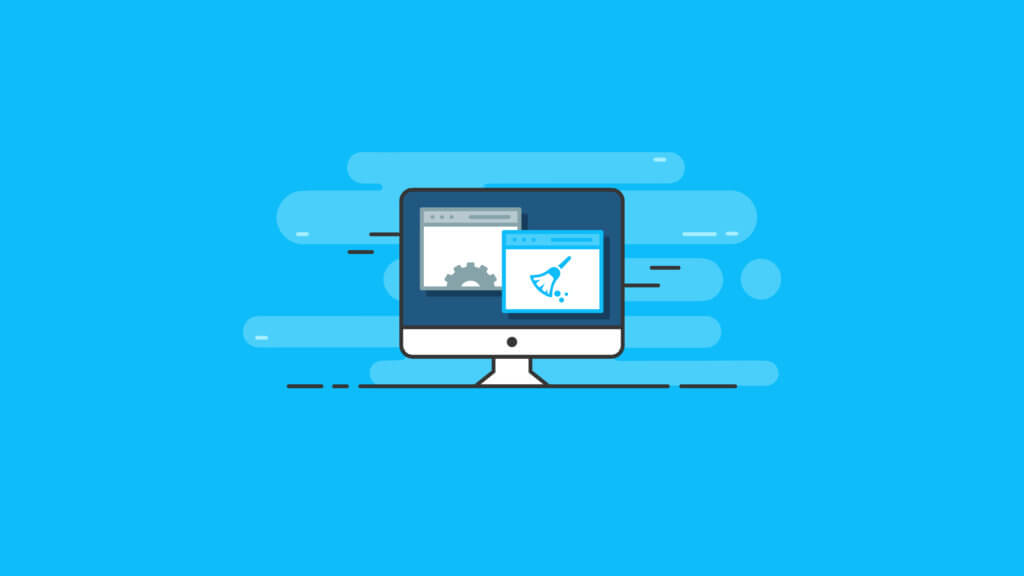Unlocking Peak Performance with WordPress Caching Plugins
In a digital world where every millisecond counts, optimizing your WordPress website's performance is paramount. Dive into the intricate realm of WordPress caching with our comprehensive guide, crafted to equip you with the latest insights and strategies to accelerate your site's speed and efficiency.

The best WordPress caching plugins are going to do one important thing for your website. They will cache your data so that it keeps your website running as fast as it can. But, with so many caching plugin options available, which one should you choose?
In this guide, we’ll explore what exactly WordPress caching is, while helping you find the best WordPress caching plugin to make your website fly.
The speed of your website is essential, not only to the retention of your visitors but also to the ranking of search engines – the SEO checklist will help you here as well. The faster your website loads, the better. While the theme you choose or the way your website loads images can affect the speed of your website, caching can be a simple way to make up some time.
Get SolidWP tips direct in your inbox
Sign up
Get started with confidence — risk free, guaranteed
What is WordPress Caching?
WordPress caching helps your website load more quickly by reducing the amount of data transfer between your site visitor’s browser, your site’s WordPress database, and your website’s web server.
In short, WordPress caching is a critical part of WordPress optimization (getting your WordPress website to run as efficiently as possible). WordPress caching can dramatically improve performance by reducing page load times. Instead of serving up dynamic content with each page load, WordPress can instead generate static HTML files to your visitors.

When someone visits your website once, the next time they visit the plugin will deliver a cached version of your site so it can be served faster. This means faster page loading and less load on your server. It also means a better user experience.
In short, website caching works to store complex information, making it faster for users who come back and visit it more than once.
WordPress Caching Made Simple
Most people explain caching in some convoluted way that never makes sense but instead picture it like this.
You find a hip new restaurant downtown and go once, then you go back a second time, and the chef remembers you and cooks your favorite dish.
That right there is caching. Storing information in a memory, the chef remembers you and can save you both time by just cooking your favorite.
Caching works the same way someone visits your website once, and then the next time someone visits your website, the plugin has cached your site and can serve it faster as all the previous steps, such as loading assets, have already been handled.
Types of WordPress Caching
There are two types of WordPress caching: Browser and server-side. Some WordPress caching plugins concentrate on one area of caching or the other, while a few plugins use a combination of the two.
- Browser side caching allows for content like static files and scripts to be stored on the client’s hard drive
- Server-side caching is more complex, with page and mobile caching, along with user and database query caching. Object-based caching is part of the WordPress caching system
The best WordPress caching plugins of 2022 are the best of both worlds. These plugins minimize the amount of data transmitted from the visitor’s browser, WordPress database, and webserver.
Finding the best WordPress caching plugin for your website is more than just downloading and activating. All caching programs are going to perform differently under hosting and content conditions.
If your website is loaded with dynamic content, a simple caching plugin must work harder and will take longer to load a page. If the plugin is built to handle a lot of this type of content, your site will improve.
Test your site with tools like Google PageSpeed Insights or GTmetrix and establish a benchmark. Install a popular WordPress caching plugin and test against the benchmark. After several passes, results usually become apparent as to which plugin is best for your site.
Why Do You Need a WordPress Caching Plugin?
Page load times are critical to a website’s success. After all, how many times have you gone to use a website and given up when it didn’t load fast enough?
And it’s not just important for your users; it’s also important for Google. In fact, Google recommends websites load under 3 seconds for new industry benchmarks for mobile page speed. Anything less than this and your search engine rankings could be impacted.
If your search engine rankings are impacted, your organic search traffic will go down by default. When your organic search traffic goes down, your revenue will follow.
As you can see, proper WordPress caching is essential.
With this obvious requirement for website speed, one might think that website admins would work to reduce the size of website pages so they would load faster. Unfortunately, this idea is not the trend.
Today’s average size for a single downloaded web page is about 2.2 mb. In 2010, the average size was 702 kb. That’s a 317% increase in size. And the growth in the size of a single web page can be attributed to the visual elements of content, such as images, videos, and fonts.
A WordPress caching plugin generates static HTML pages of your website to help increase the speed of your website. Every time a visitor makes it back to your website, the plugin’s algorithm recognizes what has changed and serves up the newest content, not the entire page

What Does a WordPress Caching Plugin Do?
A WordPress caching plugin generates static HTML pages of your website to help increase the speed of your website. Every time a visitor makes it back to your website, the plugin’s algorithm recognizes what has changed and serves up the newest content, not the entire page.
To understand this a bit better, let’s dive into the specifics of what happens when someone visits your website.
First, their browser requests files such as HTML and PHP, along with images and scripts. WordPress is designed to serve up posts and pages from the database dynamically. This content delivery procedure slows down the process, meaning your customer must wait (remember the 3-second rule).
Once a website is published, not much changes other than posts and a few pages designed to deliver updated content. Without a caching plugin, your visitors would need to download every page, every single time they visit. Modern browsers and caching plugins allow guests to access your web page content much faster, creating more conversions, and customer visits. And will also lead to a lower bounce rate.
It’s essential to be as specific as possible when you are looking for an advanced plugin for caching. Do not choose a plugin that will be overwhelming and add to the complexity of your site.
Stay as simple as possible.
What to Look for in the Best WordPress Caching Plugins
There are a lot of WordPress caching plugins. In fact, there are so many that if you type “caching” into WordPress.org, it’ll return hundreds of results.
How do you narrow them down into the ones you need to use? Finding out what you want from a caching plugin is a good start.
Here are our top 5 things to consider when looking for a WordPress caching plugin.
1. Ease of Use
Caching plugins can be notoriously complex beasts to use, coming with pages upon pages of options and settings.
Choose a caching plugin that offers user-friendly features, such as a setup wizard, to help you get started quickly and easily.
2. Asset and Page Exclusion
Dynamic content doesn’t play well with browser caching and page caching. This is why it’s important to find a caching plugin where you can exclude specific pages and assets from being cached.
While some WordPress websites are populated with static content, most have dynamic content in the form of membership websites, courses, eCommerce, and more.
3. Concatenation of Assets
Concatenation is the method by which files are combined. For example, if you have ten CSS files from the theme and plugins on your website, you can serve just one file instead. This is done by combining the ten CSS files into one.
This allows the user’s browser to not have to deal with, and serve so many individual requests.
With the advent of HTTP2, this is of less importance than it used to be. But it’s still a good feature to have.
4. Support
Caching can be daunting, and if you’re stuck on a problem it would be nice to know there’s a friendly professional willing to help you.
That’s why you may prefer to use a premium caching plugin over a free caching plugin. You’re more likely to get real-life support with whatever issues you run into.
5. Pricing
As there are so many different caching plugins, there’s also an array of pricing strategies. In fact caching, plugins can be free or cost $100 and more.
Wrapping Up
WordPress caching plugins don’t have to be difficult to use or set up. In fact, quite often, they are simpler to use than their interfaces would lead you to believe.
The most important thing to remember is to avoid using more than one caching plugin, as it can cause unintended consequences and issues on your website.
Get SolidWP tips direct in your inbox
Sign up
Get started with confidence — risk free, guaranteed
Sign up now — Get SolidWP updates and valuable content straight to your inbox
Sign up
Get started with confidence — risk free, guaranteed